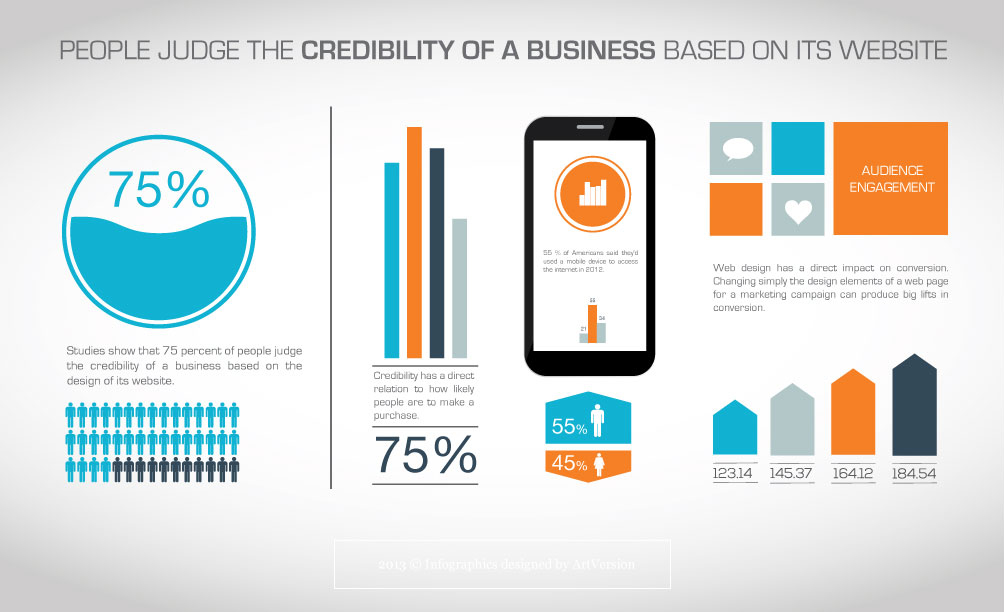Intrigued In Learning Exactly How Web Site Style Has Progressed For Many Years? Discover The Trip From Standard, Uncomplicated Designs To User-Centric User Interfaces That Prioritize The Site Visitor'S Experience
Intrigued In Learning Exactly How Web Site Style Has Progressed For Many Years? Discover The Trip From Standard, Uncomplicated Designs To User-Centric User Interfaces That Prioritize The Site Visitor'S Experience
Blog Article
Highly recommended Reading Created By-Jonasson Dodson
In the past, web sites were straightforward and focused on info. Navigation was straight, and layout was for desktop computers. Now, individual experience is key. https://charlieidytn.is-blog.com/36203214/selecting-the-very-best-electronic-advertising-and-marketing-company-for-your-service overviews designs for easy navigating. Receptive layouts match different tools. Today, dark setting reduces strain, and minimalist food selections enhance navigating. Interactive features engage users, and strong visuals stand out. AI integration enhances interaction. See how layout has progressed to boost your on-line trip.
Early Days of Web Design
In the early days of web design, simplicity preponderated. Internet sites were standard, with minimal shades, typefaces, and formats. The emphasis was on supplying details as opposed to fancy visuals. Customers accessed the internet via slow-moving dial-up connections, so rate and performance were key.
Navigation food selections were straightforward, usually situated at the top or side of the page. Websites were designed for desktop computers, as mobile browsing had not been yet common. https://medium.datadriveninvestor.com/10-best-nft-marketing-strategy-2022-91ebaa0da763 was king, and developers focused on very easy readability over complex layout elements.
HTML was the main coding language utilized, and designers needed to work within its constraints. Computer animations and interactive functions were minimal contrasted to today's criteria. Web sites were fixed, with little vibrant web content or personalized individual experiences.
Rise of User-Focused Style
With the development of internet site layout, a change in the direction of user-focused design principles has become increasingly noticeable. Today, producing web sites that focus on user experience is vital for involving site visitors and attaining business goals. User-focused design includes recognizing the needs, choices, and behaviors of your target market to customize the site's format, content, and features as necessary.
Developers currently perform comprehensive research study, such as individual surveys and usability testing, to collect understandings and responses straight from customers. This data-driven approach helps in producing instinctive navigation, clear calls-to-action, and visually enticing interfaces that resonate with visitors. By positioning the user at the facility of the layout procedure, web sites can provide a more personalized and delightful experience.
Receptive style has actually additionally become an essential facet of user-focused style, ensuring that web sites are enhanced for numerous tools and display sizes. This versatility enhances ease of access and functionality, satisfying the diverse means users connect with web sites today. In essence, the rise of user-focused design indicates a shift towards creating digital experiences that focus on the needs and assumptions of completion customer.
Modern Trends in Website Design
Check out the most up to date patterns forming website design today. One famous pattern is dark mode style, providing a streamlined and modern appearance while lowering eye strain in low-light environments. search engine optimization seo strategy is minimalist navigation, streamlining menus and improving user experience by concentrating on essential elements. Incorporating micro-interactions, such as animated switches or scrolling impacts, can produce an extra appealing and interactive website. Receptive style stays crucial, ensuring seamless user experiences across various gadgets. Furthermore, utilizing bold typography and unbalanced designs can include aesthetic rate of interest and draw attention to particular material.
Integrating AI technology, like chatbots for customer support or personalized recommendations, improves user engagement and streamlines procedures. Access has also come to be a substantial fad, with developers focusing on inclusive design techniques to cater to varied customer requirements. Embracing sustainability by enhancing website efficiency for rate and effectiveness is one more emerging trend in web design. Teaming up with individual feedback and information analytics to repeat and improve layout constantly is necessary for remaining appropriate in the ever-evolving digital landscape. By welcoming these modern fads, you can develop a visually enticing, user-friendly web site that reverberates with your audience.
Final thought
As you reflect on the evolution of website design from the early days to currently, you can see how user-focused design has ended up being the driving force behind modern-day patterns.
Accept the trip of change and adjustment in website design, constantly maintaining the customer experience at the center.
Keep current with the most up to date fads and technologies, and never stop progressing your strategy to produce aesthetically spectacular and straightforward sites.
Evolve, adapt, and produce - the future of website design is in your hands.
